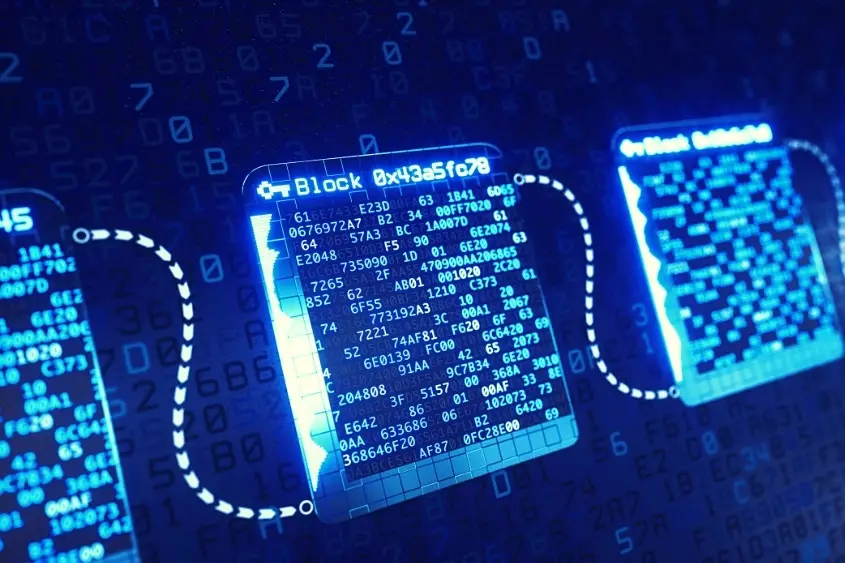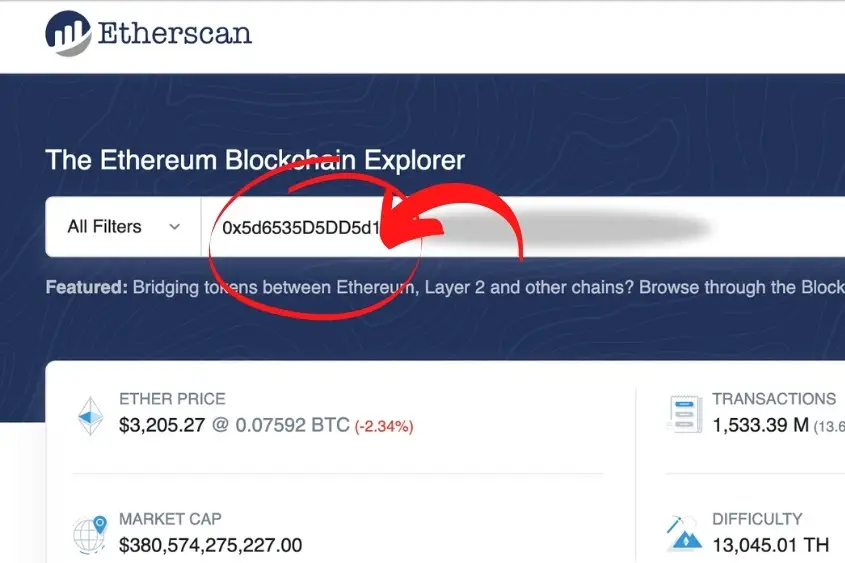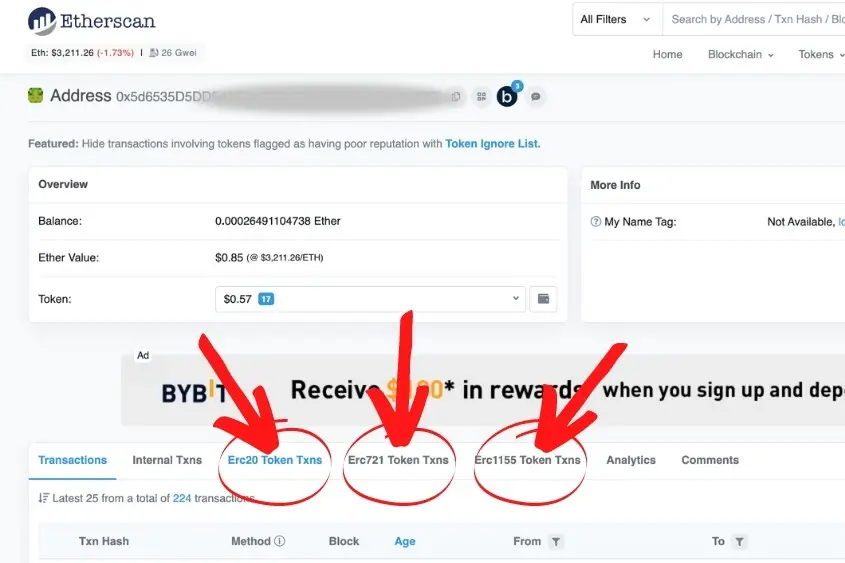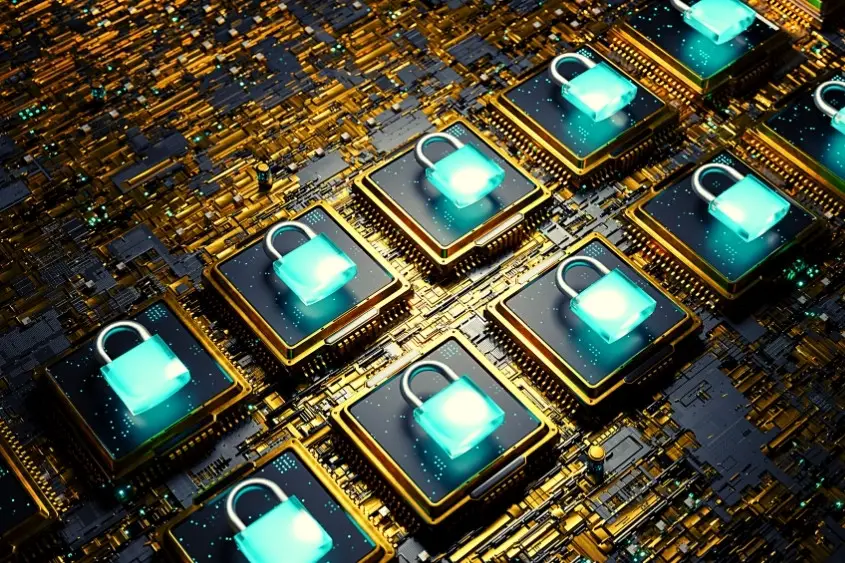When you buy an NFT, you might assume that it is stored in your wallet. However, NFTs don’t always appear in your wallet after purchasing them, but that doesn’t mean you don’t own them. So, where are NFTs actually stored?
NFTs are stored on a digital ledger called the blockchain. Each NFT has a specific token ID that is linked to a smart contract, which is stored in various blocks on the blockchain. Contrary to popular belief, NFTs are not stored in your wallet.
If this comes as a surprise to you, you are not alone. Many people believe that NFTs are actually stored in your wallet, but that is not the case. Let’s take a deeper look into where NFTs are actually stored.
Where are NFTs stored?
To bring an NFT into existence, the smart contract must first be minted on the blockchain. Essentially, the NFT is published to the blockchain and is then recorded within blocks, hence the blockchain.

To be clear, the content of many NFTs such as the physical art or image file isn’t actually stored on the blockchain, only the contract stating that the NFT exists is recorded on the blockchain.
The reason being is that an NFT is technically a digital representation of an asset, whether it be physical or digital, an NFT simply states that the asset exists and the blockchain acts as a record of its existence, and all its transactions from the point of its creation.
More often than not, the actual art (metadata) is stored elsewhere such as a website or Interplanetary File System (IPFS). That means that if the website your metadata is stored on becomes non-existent, so would the image file of your NFT.
That doesn’t mean that the contract and asset itself don’t still exist on the blockchain, it simply means the file which represented that asset no longer exists.
Where does your NFT go after purchase?
So if an NFT is stored on the blockchain, where does it go after you purchase it? Technically speaking, the NFT doesn’t go anywhere, it simply remains on the blockchain indefinitely.

Once you purchase an NFT, it remains on the blockchain. However, the change of ownership is recorded on the blockchain as being owned by the new wallet address that purchased the asset. This means that the smart contract of the NFT is now stored within the wallet address of the new owner.
If that seems confusing, don’t worry I understand. To make some sense of all this, think of it like a real-world contract that represents ownership of something physical. Let’s take a home deed for example.
A home deed exists as a paper document that represents ownership of a physical home. So, what happens if the owner of a home decides to sell their house to someone else? The house deed, which is a legal document, is used to transfer ownership of real estate from the grantor (seller) to the grantee (buyer).
The document still exists as a document, it is simply signed over to the new owner. So legally, the grantee becomes the legal owner of the home.
An NFT isn’t much different, the main difference is that the contract is digital and lives on a decentralized public ledger (the blockchain), as opposed to a piece of paper. More so, the blockchain is extremely transparent and displays every little detail for the public to see.
If you bought an NFT which represented a physical home, you would see the year the house was built, its original purchase price, and everything in between.
So, NFTs aren’t stored in your wallet?
Alright, allow me to elaborate a bit more on whether or not NFTs are actually stored in your digital wallet.

NFTs aren’t stored in your wallet. Rather, your wallet provides access to your stored digital assets. Your wallet has its own private key which controls the address of your wallet on the blockchain.
Essentially, both your NFT and your wallet address are stored on the blockchain. Meaning, that to become the owner of an NFT, the smart contract and token ID of an NFT must be transferred to your wallet address.
Now, considering you are in complete control of your wallet address via your private key, you become the sole owner of the NFT. Without access to the wallet address in which an NFT is stored, nothing can be done with that NFT.
In order to buy, sell, trade, or burn an NFT, you need to have access to the wallet address where that NFT is stored.
Where to view your NFT after purchase
I know what you are thinking. If your NFT isn’t technically stored in your wallet, then how are you supposed to view your lovely digital asset? Well, you have a few options.

- Etherscan
The most accurate and transparent option to view your and others’ NFTs is Etherscan.io—the Ethereum blockchain explorer. Of course, this option will only work if your NFTs are stored on the Ethereum blockchain.

To view your NFTs using Etherscan, just enter your wallet address into the search bar. From there, you can view all of your NFTs that are stored at your address.
- OpenSea
OpenSea is one of the most common methods to view your NFTs. Again, you can only view NFTs whose blockchains are supported on OpenSea. Currently, OpenSea supports Ethereum, Polygon, Solana, and Klaytn blockchains.
- Wallet
Your wallet is generally one of the best options to view your NFTs. Regardless of which blockchain you use, the wallet that you use to purchase your NFTs should display your current inventory of digital assets. However, some wallets like MetaMaks may not always reflect your most recent NFT purchases and can take a few minutes or longer to update.
If you recently purchased an NFT and it is not reflected in your wallet, the best way to ensure the transaction was successful and that you own an NFT is to use a blockchain explorer like Etherscan.
How to ensure your NFTs are stored safely
Just because your NFTs are stored on the blockchain doesn’t mean that they are out of harm’s way. You can still take the proper steps to ensure your NFTs are stored on the blockchain as safely as possible.

The most secure way to store NFTs is in a hardware wallet. A hardware wallet keeps your private keys and passwords stored on the hardware and offline. Opposed to a software wallet like MetaMask that stores your keys and passwords in the software, online.
A hardware wallet is best used to store NFTs that you plan on keeping for long periods of time. It is best to use a hardware wallet for storage only, and not to purchase your NFTs, ensuring that all access points to your wallet address remain offline.
That means you can still use a software wallet to buy your NFT investments, but make sure to transfer them immediately to your hardware wallet if you plan on keeping them long-term. Then, if you decide to sell your NFTs, you can transfer them back to a software wallet and list them for sale.
Another option for ultimate security is to utilize two separate hardware wallets; one for buying and selling and another one for long-term storage.
If you are buying and selling NFTs, aka day trading, then you could use a software wallet like Metamask to trade your NFTs, but make sure to transfer your profits to your hardware wallet immediately.
To learn more about storing your NFTs, check out our comprehensive guide on securely storing your NFTs.
As we wrap things up, I hope you have a better understanding of how NFTs are stored. The blockchain is the keeper of all things NFTs, including the contracts that make the NFTs, every transaction that is associated with an NFT, as well as the wallets that own the NFTs.
And, although most blockchains are considered to be secure, it’s always best to store your NFTs as safely as possible by utilizing a hardware wallet.

10 thoughts on “Where Are NFTs Stored? Everything You Need to Know”
Comments are closed.